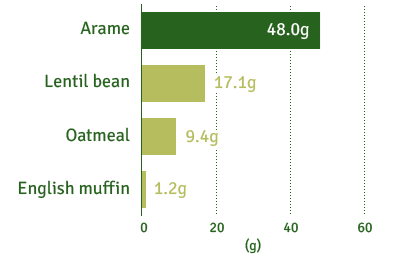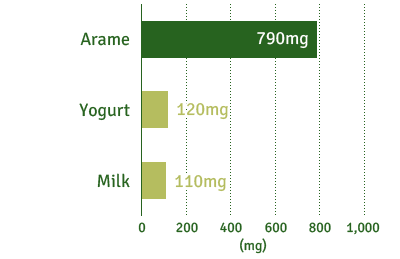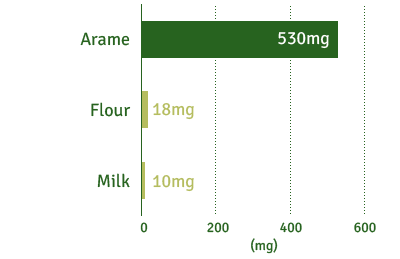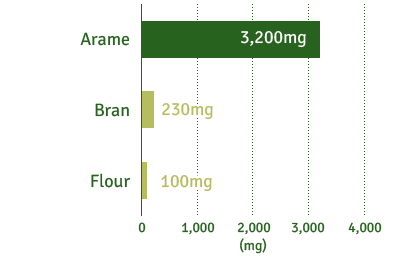Even in Japan, the most seaweed consuming country, Arame is not available in many region.
It's harvested in Mie prefecture and Shimane prefecture and consumed only in the area. Since Abalone takes in Arame for food, harvesting is tightly controlled.
History of Arame
Japan's oldest law, "Taiho ritsuryo" states that Arame as a tariff as well as kombu, wakame and nori.
In Mie prefecture, Arame is used for offering to Ise Shrine, a headquarter for shinto.
Uses of Arame
Arame is in the same family with Kombu seaweed but unlike kombu, Arame does not have dashi broth, so it's mainly used for stir-fry.
Moreover, Japanese takes in arame without knowing them. Konjac jelly, popular ingredients for stir-fry, is colored with arame and hijiki in powdered form. The fact hijiki and arame is being used in konjac jelly is not known to many Japanese.
Seaweed Encyclopedia
- Other Seaweed -
contents





